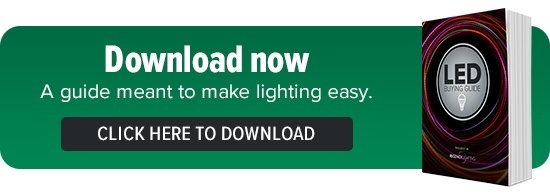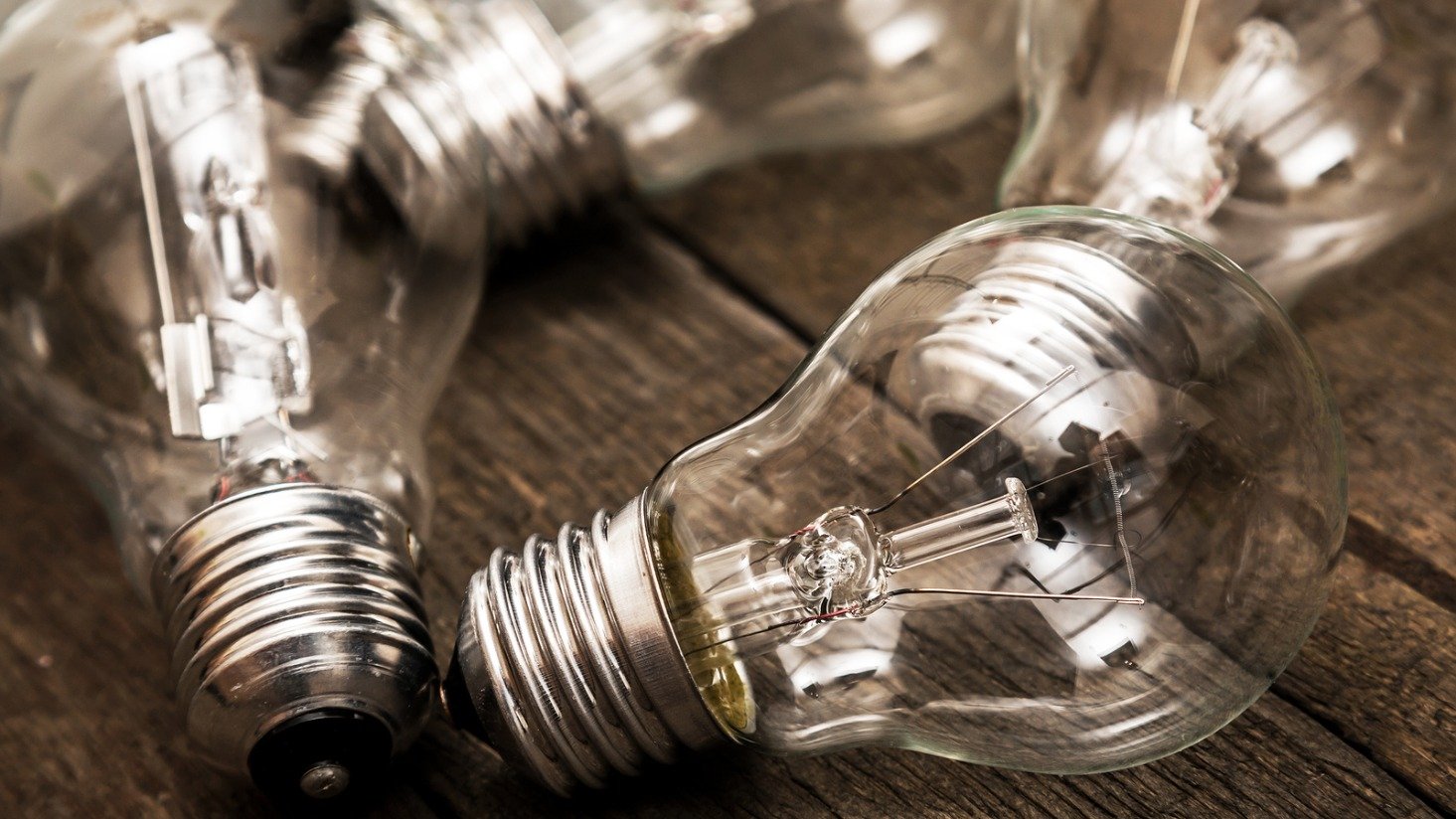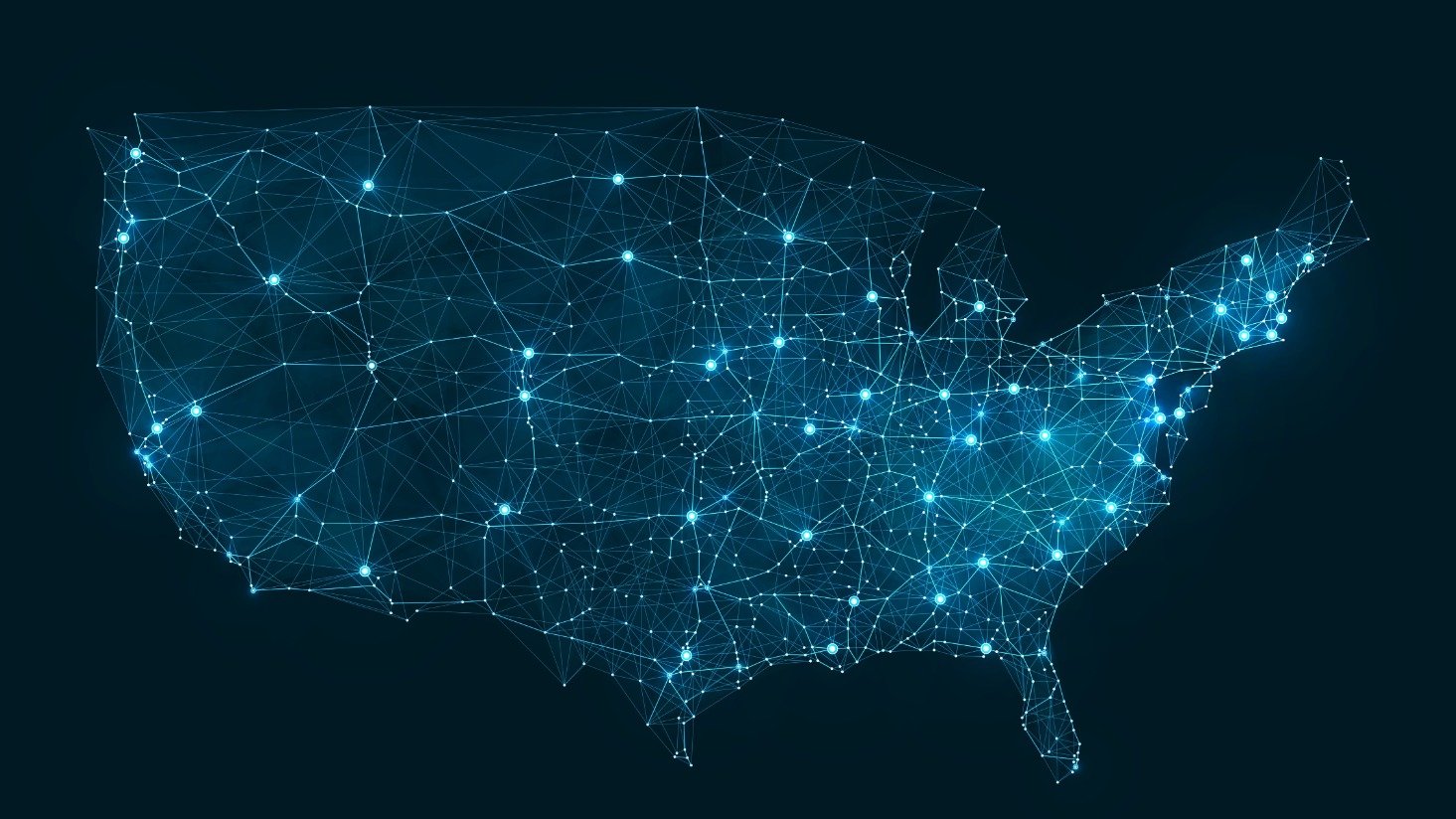Commercial lighting rebates and the incandescent bulb ban
No more incandescent bulbs - so what does that mean?
If you haven't heard yet, most incandescent light bulbs are no longer for sale in the United States. The phase out is part of an initiative that began in 2007 called EISA (Energy and Independence Security Act). The goal of EISA is to promote energy efficiency and the adoption of more sustainable lighting products.
The result, however, has a huge ripple effect across the entire lighting industry. Manufacturing and importing of incandescent bulbs and other "general service lamps" stopped in January 2023. The sale of these products must stop August 1, 2023. The guidelines from the Department of Energy are clear. But there are still a lot of murky areas — like commercial lighting rebates.
We're taking a look at what you can expect, with insight from our rebate partners at Briteswitch.
Lighting products impacted by EISA
Before we dive into rebates, it's important to have a clear understanding of the products impacted by the new definitions laid out in EISA.
There are no specific product types listed in the law, but there is a major new requirement: lighting products must have a minimum efficacy of 45 lumens per watt (LPW). That means light bulbs must produce more light using less energy. Incandescent and halogen products cannot meet that requirement. They just aren't efficient enough. 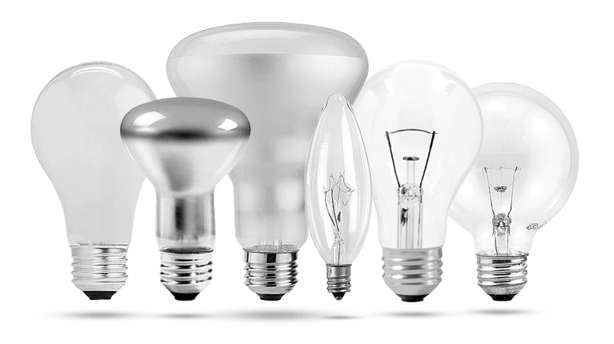
The requirements do not apply to all lamps, only general service lamps (GSLs). Those include A19s, PARs, decorative lamps, and more. These products are typically found in homes, but can also be found in many commercial applications, especially in areas where the soft, warm glow of an incandescent or halogen bulb is preferred.
Only CFLs and LEDs can meet these new requirements. There are some exceptions for speciality bulbs, but the lighting market will primarily be comprised of LEDs and CFLs from now on. Note: linear fluorescent tubes and HIDs are not impacted by the new law. (To make the market more confusing, however, there are states adding restrictions to linear tubes as well as phasing out CFLs. We have a breakdown of different state laws.)
EISA and the impact on rebates for incandescent bulbs
In the past, commercial lighting rebate programs have included options for incandescent bulbs. With the EISA restrictions now days away from taking effect, Briteswitch has noticed the rebate programs adjusting in three ways.
1. Incentives removed for incandescent lamp upgrades
Some programs have eliminated rebates for LED upgrades for A19s, PARs, BRs and deco lamps. Since incandescent and halogen bulbs will no longer be available to purchase, some programs believe it's no longer necessary to provide a financial incentive to switch to LEDs. Customers are now forced to purchase more energy-efficient lighting, so there is no longer a need to motivate the purchase.
Some programs are more impacted by this change than others. "Instant" or "midstream" programs have traditionally focus on screw-in replacement lamps (like A19s, PARs, and BRs). With this type of rebate program, the savings are typically taken off the invoice at the time of purchase and are run through electrical distributors.
Read more: Most common lighting rebate programs
2. Rebates adjusted when based on watts or kWh
Other programs calculate rebates based on energy savings. For example, if an 11W LED replaced a 60W A19, the program could say the upgrade saved 49W in energy. Now that lighting products will be much more energy efficient, the energy saved is going to be significantly less.
Programs have started to adjust their baseline to reflect the new 45 LPW limit, but the bottom line is lower incentive amounts for projects upgrading from traditional lighting.
3. No changes to programs
Some programs are remaining the same, despite the new lighting restrictions. Although this could quickly change, there are currently hundreds of programs across the United State that have not announced or made any changes related to general service lamps yet.
Are commercial lighting rebates going away?
There are so many other types of rebate programs for products besides general service lamps. Commercial lighting rebates will continue to incentivize LED upgrades for other types of lighting as well as controls.
According to Briteswitch, 78% of the US is covered by an active lighting rebate program for bulbs and fixtures. Some rebate categories are near their all-time highs. Plus, there are plenty of bonus programs running across the country as well.
| Type of LED Bulb | 2023 avg. rebate amount |
| Linear tube | $4 |
| Pin-based CFL | $6 |
| Screw-in HID | $58 |
| Accent / Track Lighting | $50 |
| Type of LED Fixture | 2023 avg. rebate amount |
| Downlights | $28 |
| Troffers / Panels | $35 |
| Retrofit Kits | $38 |
| Outdoor Wall Mount | $98 |
| Outdoor Pole / Arm Mount | $106 |
| Parking Garage Fixtures | $101 |
| High-Bay Fixtures | $127 |
Regency Supply has a multitude of resources on lighting rebates, ready to help you through the rebates process:
Rebates will continue to be one of the most powerful tools to upgrade lighting in a cost-efficient manner. The key is to start planning early. Our team of lighting experts is here to guide you through the rebate process and help you decide the most effective path to an LED upgrade.

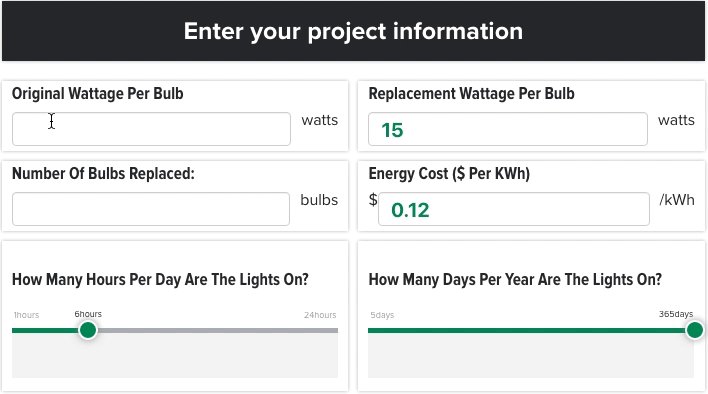
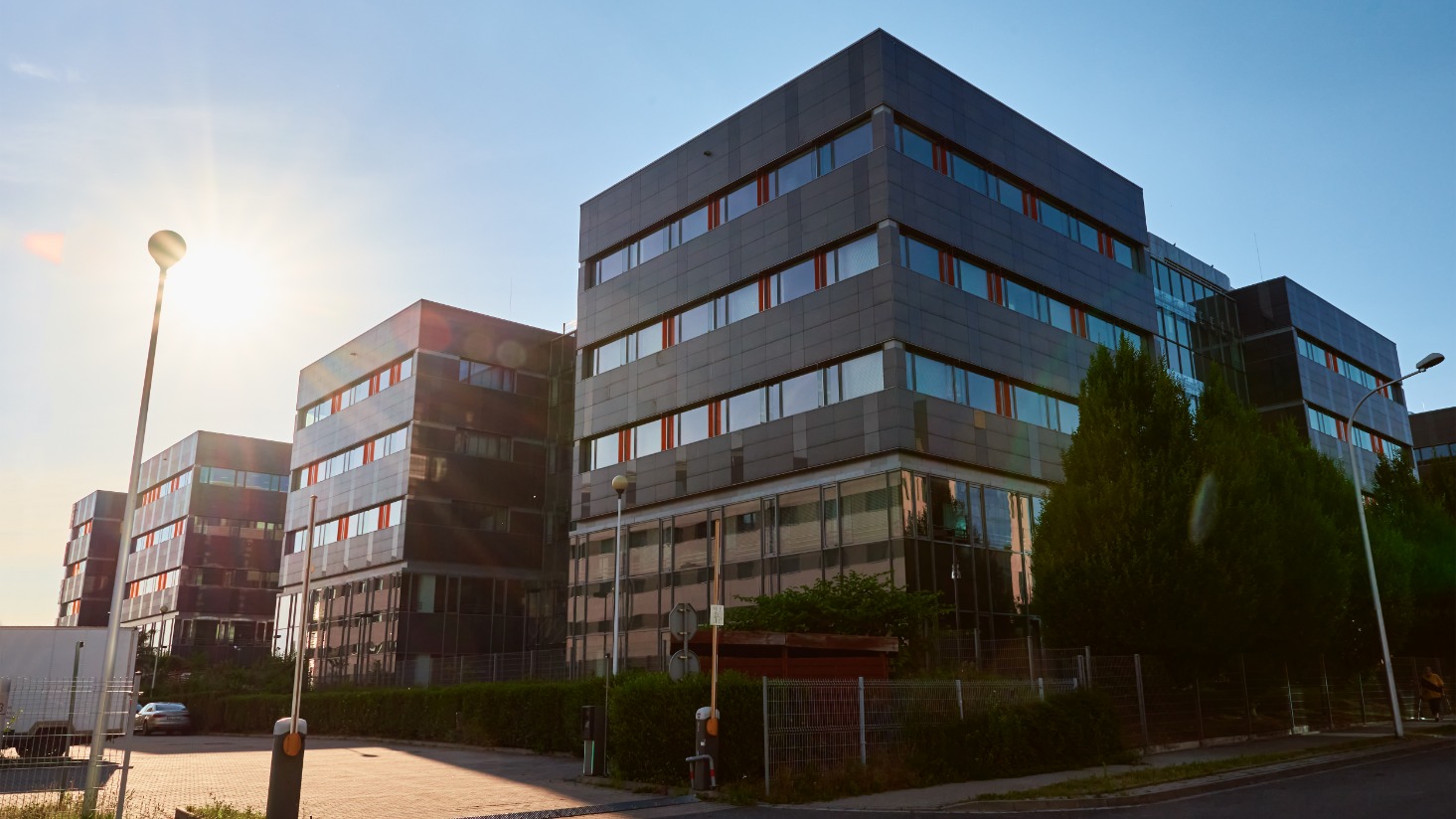
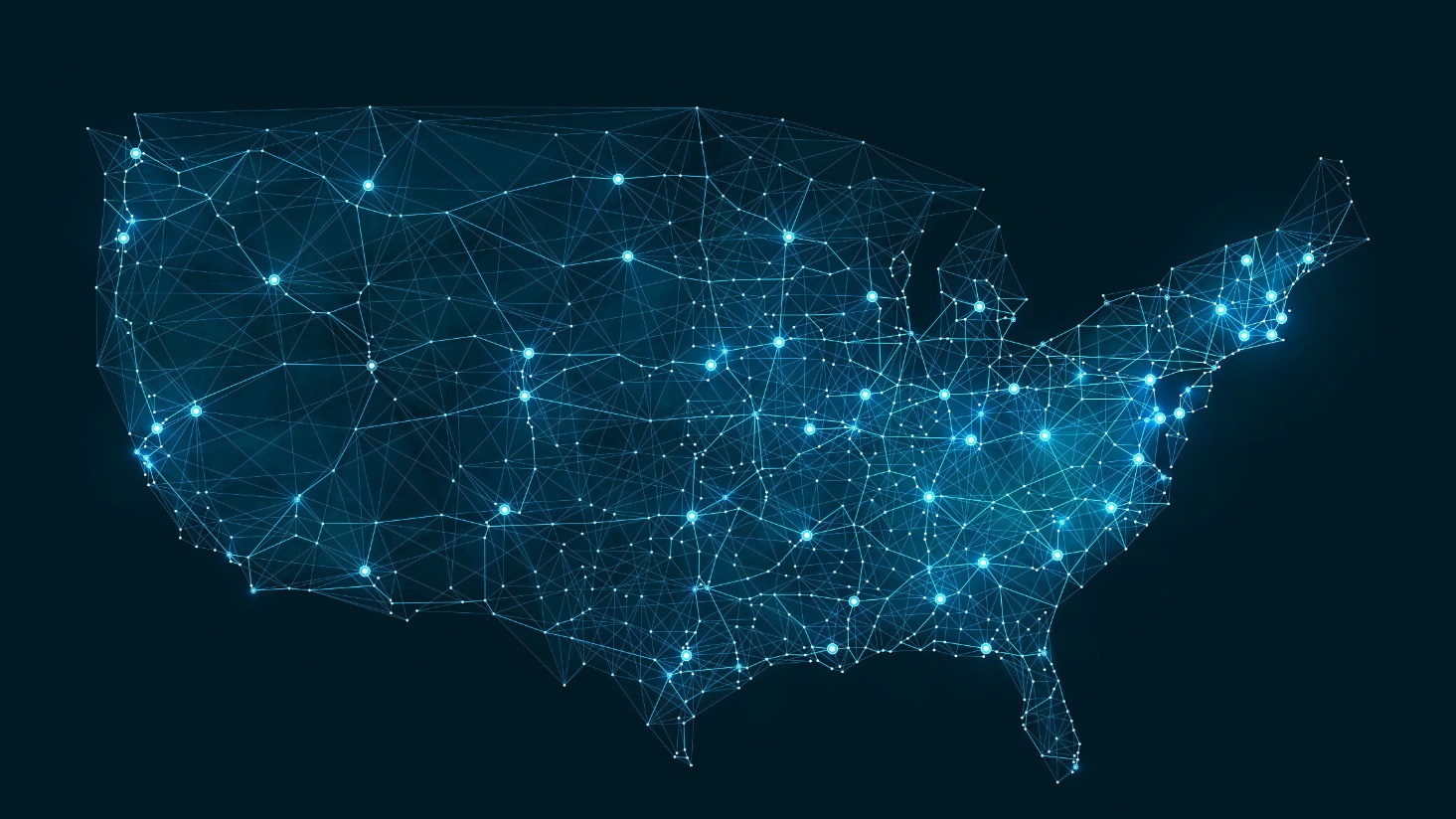
.jpg?width=1465&height=824&name=BLOG%20-%20Lighting%20rebates%20(1).jpg)
